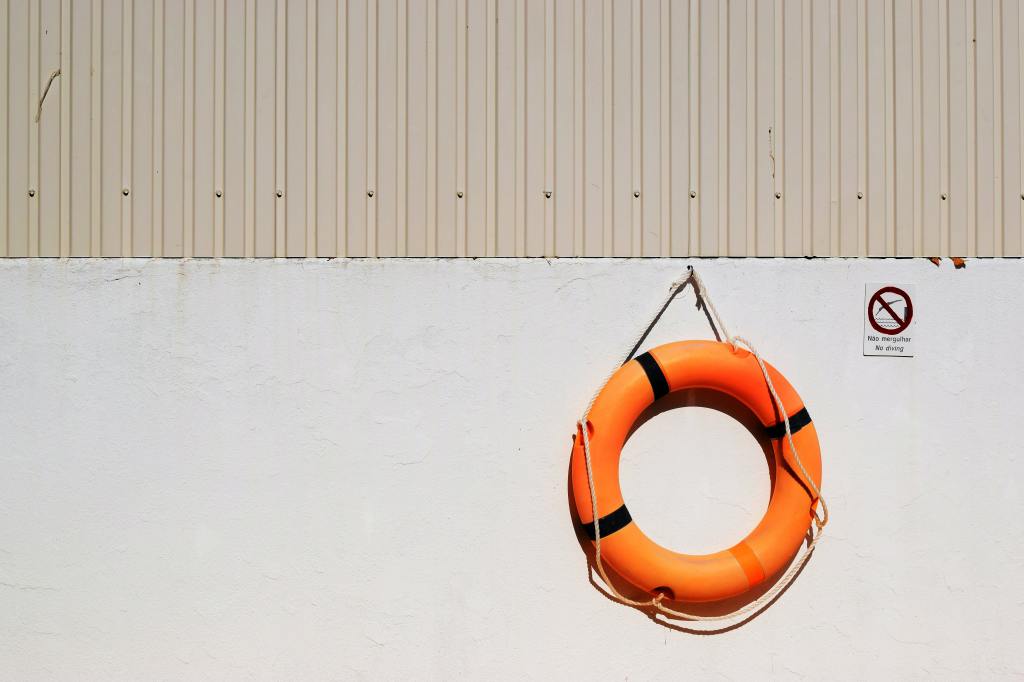I wasn’t sure if it would be okay to write this post this week, but instead of a teaching strategy linked to an instructional goal, I’ve decided to share a strategy that we can no longer go without considering. Following the fatal shooting on Michigan State’s campus last week and having friends who teach at MSU, it felt like it was time to write about why we have to have the safety talk in our classes (and with ourselves).
***
I’m a product of school shooting culture. I was in fifth grade when the Columbine High School shooting occurred. I made my college decision a week after the Virginia Tech shooting. I was a college freshman in a lecture hall when the Northern Illinois University shooting occurred; I had friends on that campus. I was preparing for an interview for a teaching job during the Sandy Hook shooting. I was in my journalism classroom when the news broke about the shooting at Marjory Stoneman Douglas High School in Parkland, Florida.
And those are just five shootings in a disgusting history of pain and trauma students have lived with since 1999.
And then MSU happened.
And then I thought.
I have training from being a K-12 teacher in responding to an active shooter on a school campus. I still vividly remember being trained in ALICE safety when the officer shared that our model of hiding in a corner is ineffective. It is also ingrained into the minds of the shooters who were trained in the same safety protocols. In that training, we experienced why the methods were ineffective. As the trainer held an airsoft gun at the group of us, we cowered, knowing that if this were the case, not all of us would make it out. To simulate it, I was shot in the leg, yet, that pain still lives inside me as trauma and fear.
Last semester I had Sarah Lerner, advocate and English and yearbook teacher at Marjory Stoneman Douglas High School, virtually visit my Social Media for Social Change class to talk about activism and the power of youth voice. Following our conversation, my students asked: “what do we do if this happens to us?”
I melted.
I didn’t know how to answer them. I knew what to do in a confined space like a high school but was unsure about the whole campus. But I shared what I did know and what I had learned. I reiterated that what the students knew from K-12 education still holds, but that they should be conscientious of the spaces they are in, locations of exits, and opportunities to fight back if they have to.
We have to have a safety conversation with our students. That may start by bringing campus police or public safety to a department meeting to share protocols and plans. It may mean being frank about the uncertainty of safety. But we must have the conversation because we don’t see a significant legislative change to address gun control.
This post isn’t about strategies for instruction. It is a reminder that some of the most important lessons we can teach in class are ways to take care of ourselves. Sadly, this is a lesson our students know too well, but they need to know how to apply it in their collegiate lives.
